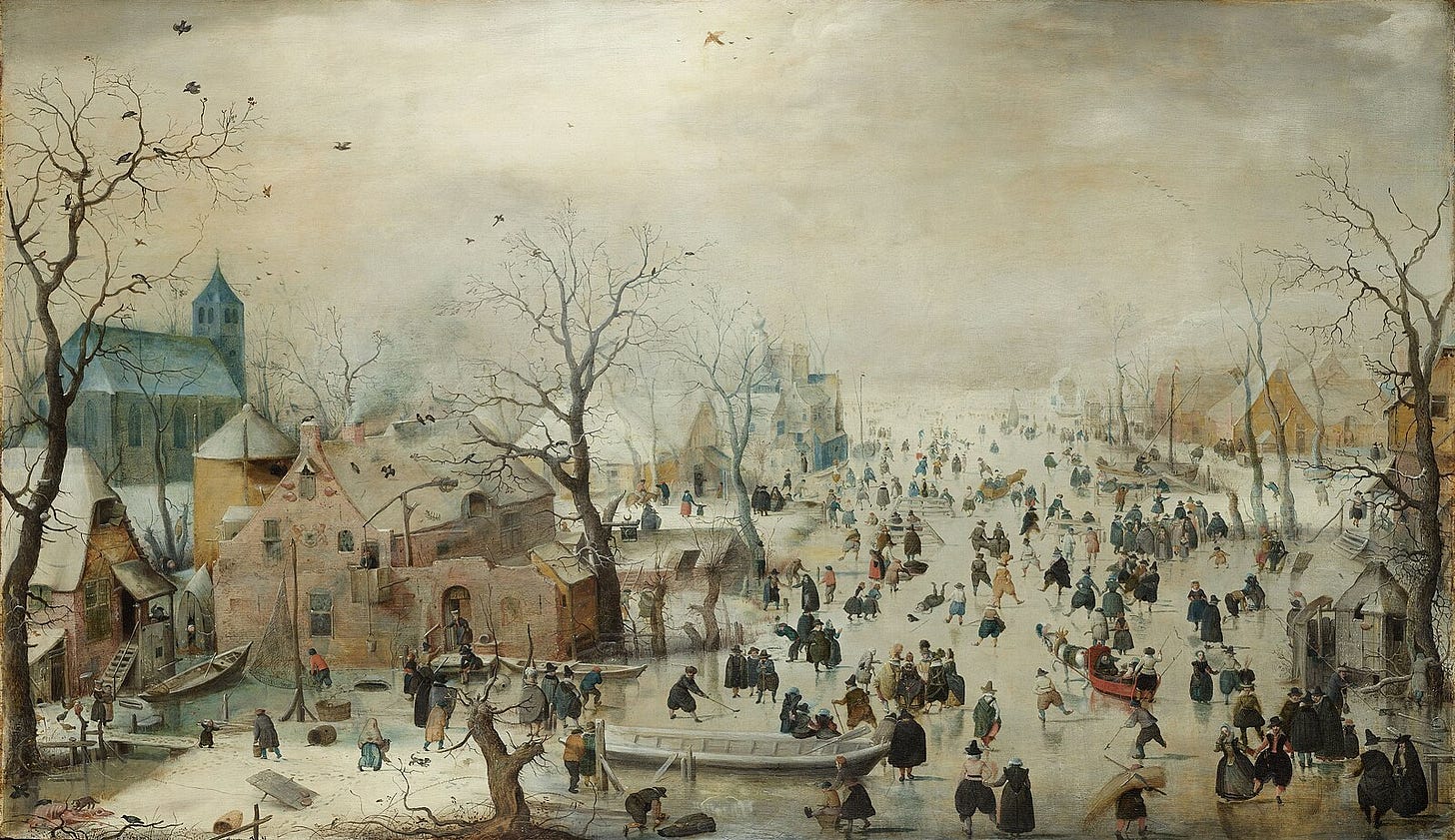
Hi all,
Today I have for you a bit of a riff on art, kids, and perception.
In a couple of earlier posts about museums, the subject of wall texts came up — you know, the little paragraph-long tag that gives the basics on a piece of art and maybe offers some historical or scholarly context or even a kind of explanation for the work. Many museum-goers go right for these tags, as if they want to know in advance how to react to what they’re about to see. But some smart observers recommend not reading wall text — or at least doing so only after you’ve taken in the art with your own senses.
With all that in mind, I was quite interested to read about a fascinating study by Francesco Walker of Leiden University’s department of cognitive psychology, and a number of co-authors, on how “age-adapted painting descriptions” affect the viewing behavior of kids looking at art in a museum. To drastically summarize:
The researchers, using eye-tracking technology, found that wall tags written for child viewers made them take in paintings differently than those who read standard tags (or who got no description at all). “Children who received information tailored to their developmental level,” the authors write, “showed increased glance durations to areas highlighted in the descriptions.”
This got me thinking again about the influence of wall tags — but also inspired some brief, unscientific mental tangents about descriptive language and its potential creative uses.
I’ll come back to that, but first here’s a bit more about the actual research, because I always think it’s worth knowing the specific parameters of this sort of study.
Keep reading with a 7-day free trial
Subscribe to The Art of Noticing to keep reading this post and get 7 days of free access to the full post archives.


